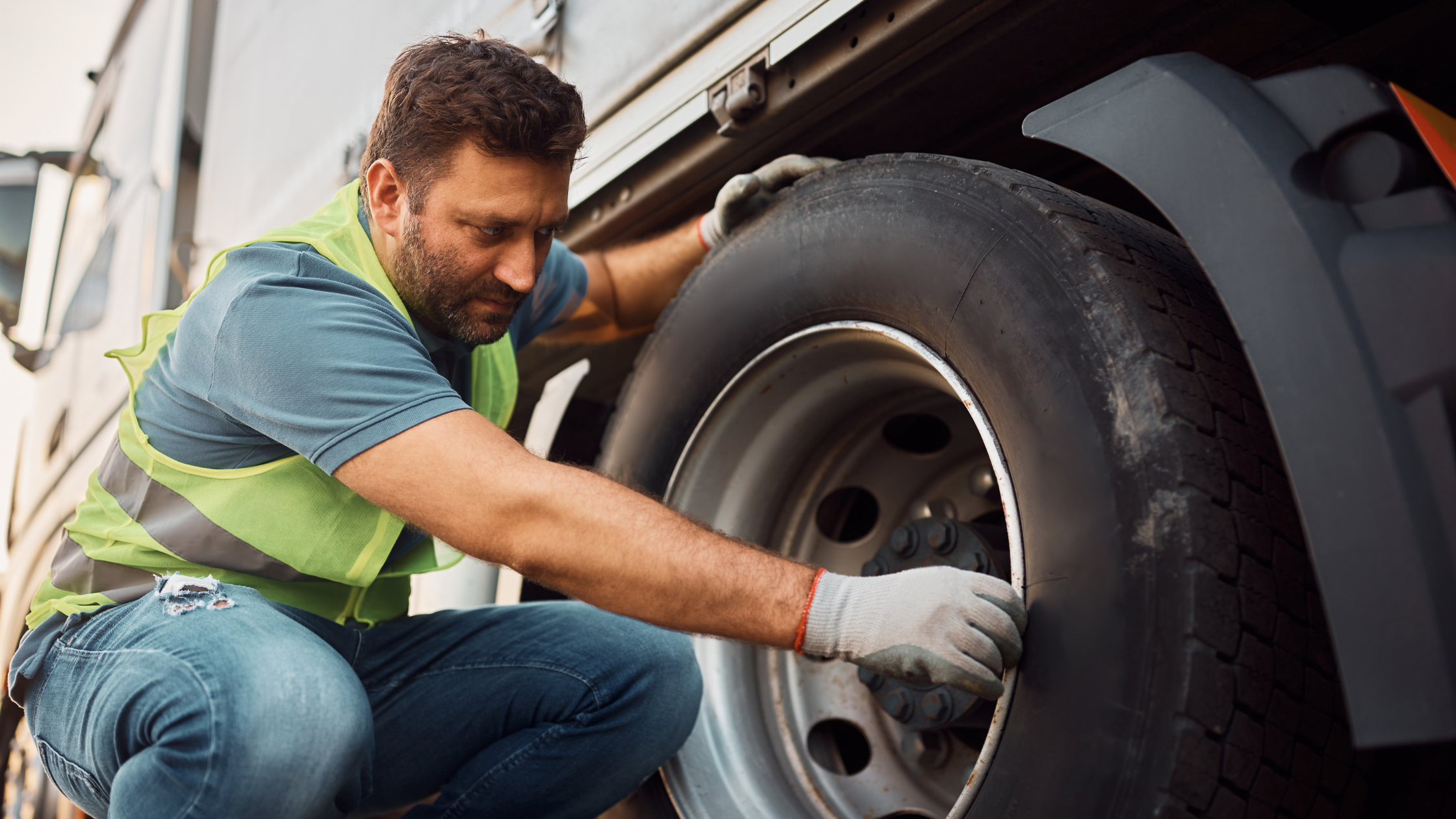The transportation industry is highly regulated to provide as much safety as possible, and this is especially true when it comes to the kinds of regulations that apply to CDL drivers.
Long-haul or even short distance truckers need to comply with dozens of safety regulations, and one of those is the requirement to check their semi-truck carefully before driving. The following example semi-truck inspection checklist can help serve as an important starting off point for your own vehicle checks.
The Checklist
A semi-truck inspection checklist needs to be comprehensive and systematic if it’s to be effective in ensuring your truck is safe to drive. Here’s what each checklist should be examining for any discrepancies or issues.
- The exterior: Walk around the outside of your vehicle. Ensure that your license plates, reflectors, doors, steps, side mirrors, lights, and windows are all undamaged, intact, and working properly.
- The engine compartment: Open the hood and check your fluid levels like oil, coolant, and antifreeze, paying close attention to any evidence of leaks. Make sure engine components like radiator caps, spark plugs, and engine belts are tight and that there’s nothing missing.
- Lights and turn indicators: Check to make sure none of your headlights are burnt out and that both your high beams and your brake lights are working properly. Check your turn indicators to ensure they work and that your hazard lights do as well. If you find any burnt-out bulbs, replace them immediately.
- Brakes: Semi trucks can haul massive loads, and that means the brakes on your semi must be in good working order to protect both you and other people on the road. Parking brake condition, brake pad wear, your levels of brake fluid, and the condition of your brake hoses all need to be checked carefully for damage or problems.
- The interior: The seatbelts on the interior cab of your semi-truck should have working seatbelts. The horn for your semi should work properly, and your windshield wipers should be replaced if they no longer clean your windshield properly. Your air conditioner, heater, and defroster should be checked to ensure they’re working, your gauges should all be checked to ensure they’re accurate, and anything else on the interior that’s a necessary safety feature should also be tested.
- Coupling systems: Your coupling systems are integral to your semi truck’s ability to haul loads, so ensure that your coupler’s air and electric lines are all working properly. Locking jaws, pins, bolts, skid plates, release arms, and platforms all need to be checked as well.
- Trailers: Check the frame of your trailer to ensure it’s solid and that the shock absorbers aren’t too worn. Examine the brake chamber and lining, check to see if your mud flaps are in good condition, and that you’ve been maintaining the push rod and slack adjuster so that they’re working properly as well.
- Tires: Inflate your tires to the pressure they’re rated for and ensure your axle seals are in good condition. Check your rims for damage and double-check your lug nuts to see if they’ve been tightened properly.
- Driver: Yes, you’re part of any semi-truck inspection checklist too. Do you have all your documentation before you leave? Your CDL should be on you or un the cab, along with any relevant cargo manifests and your medical examination card. Also, don’t forget your daily transport logs as well!
